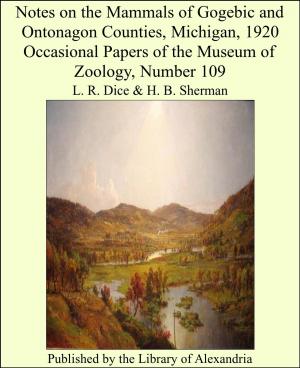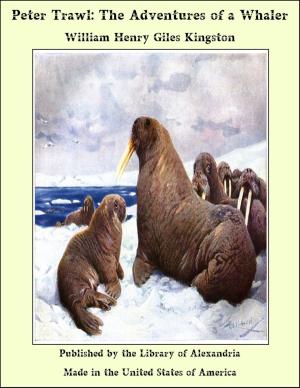| Author: | David Murray | ISBN: | 9781465549365 |
| Publisher: | Library of Alexandria | Publication: | March 8, 2015 |
| Imprint: | Language: | English |
| Author: | David Murray |
| ISBN: | 9781465549365 |
| Publisher: | Library of Alexandria |
| Publication: | March 8, 2015 |
| Imprint: | |
| Language: | English |
Marco Polo's mention of this island produced a great impression on the discoverers of the fifteenth century. In Toscanelli's map, used by Columbus as the basis of his voyages, “Cipango” occupies a prominent place to the east of Asia, with no American continent between it and Europe. It was the aim of Columbus, and of many subsequent explorers, to find a route to this reputedly rich island and to the eastern shores of Asia. The latitude of the most northern point of Yezo is 45° 35', and the latitude of the most southern point of Kyushu is 31°. The longitude of the most eastern point of Yezo is 146° 17', and the longitude of the most western point of Kyushu is 130° 31'. The four principal islands therefore extend through 14° 35' of latitude and 15° 46' of longitude. The empire consists of four large islands and not less than three thousand small ones. Some of these small islands are large enough to constitute distinct provinces, but the greater part are too small to have a separate political existence, and are attached for administrative purposes to the parts of the large islands opposite to which they lie. The principal island is situated between Yezo on the north and Kyushu on the south. From Omasaki, the northern extremity at the Tsugaru straits, to Tokyo, the capital, the island runs nearly north and south a distance of about 590 miles, and from Tokyo to the Shimonoseki straits the greatest extension of the island is nearly east and west, a distance of about 540 miles. That is, measuring in the direction of the greatest extension, the island is about 1130 miles long. The width of the island is nowhere greater than two hundred miles and for much of its length not more than one hundred miles. The second largest island is Yezo, lying northeast from the Main island and separated from it by the Tsugaru straits. Its longest line is from Cape Shiretoko at its northeast extremity to Cape Shira-kami on Tsugaru straits, about 350 miles; and from its northern point, Cape Soya on the La Perouse straits to Yerimosaki, it measures about 270 miles. The centre of the island is an elevated peak, from which rivers flow in all directions to the ocean. Hakodate the principal port is situated on Tsugaru straits and possesses one of the most commodious harbors of the empire
Marco Polo's mention of this island produced a great impression on the discoverers of the fifteenth century. In Toscanelli's map, used by Columbus as the basis of his voyages, “Cipango” occupies a prominent place to the east of Asia, with no American continent between it and Europe. It was the aim of Columbus, and of many subsequent explorers, to find a route to this reputedly rich island and to the eastern shores of Asia. The latitude of the most northern point of Yezo is 45° 35', and the latitude of the most southern point of Kyushu is 31°. The longitude of the most eastern point of Yezo is 146° 17', and the longitude of the most western point of Kyushu is 130° 31'. The four principal islands therefore extend through 14° 35' of latitude and 15° 46' of longitude. The empire consists of four large islands and not less than three thousand small ones. Some of these small islands are large enough to constitute distinct provinces, but the greater part are too small to have a separate political existence, and are attached for administrative purposes to the parts of the large islands opposite to which they lie. The principal island is situated between Yezo on the north and Kyushu on the south. From Omasaki, the northern extremity at the Tsugaru straits, to Tokyo, the capital, the island runs nearly north and south a distance of about 590 miles, and from Tokyo to the Shimonoseki straits the greatest extension of the island is nearly east and west, a distance of about 540 miles. That is, measuring in the direction of the greatest extension, the island is about 1130 miles long. The width of the island is nowhere greater than two hundred miles and for much of its length not more than one hundred miles. The second largest island is Yezo, lying northeast from the Main island and separated from it by the Tsugaru straits. Its longest line is from Cape Shiretoko at its northeast extremity to Cape Shira-kami on Tsugaru straits, about 350 miles; and from its northern point, Cape Soya on the La Perouse straits to Yerimosaki, it measures about 270 miles. The centre of the island is an elevated peak, from which rivers flow in all directions to the ocean. Hakodate the principal port is situated on Tsugaru straits and possesses one of the most commodious harbors of the empire















